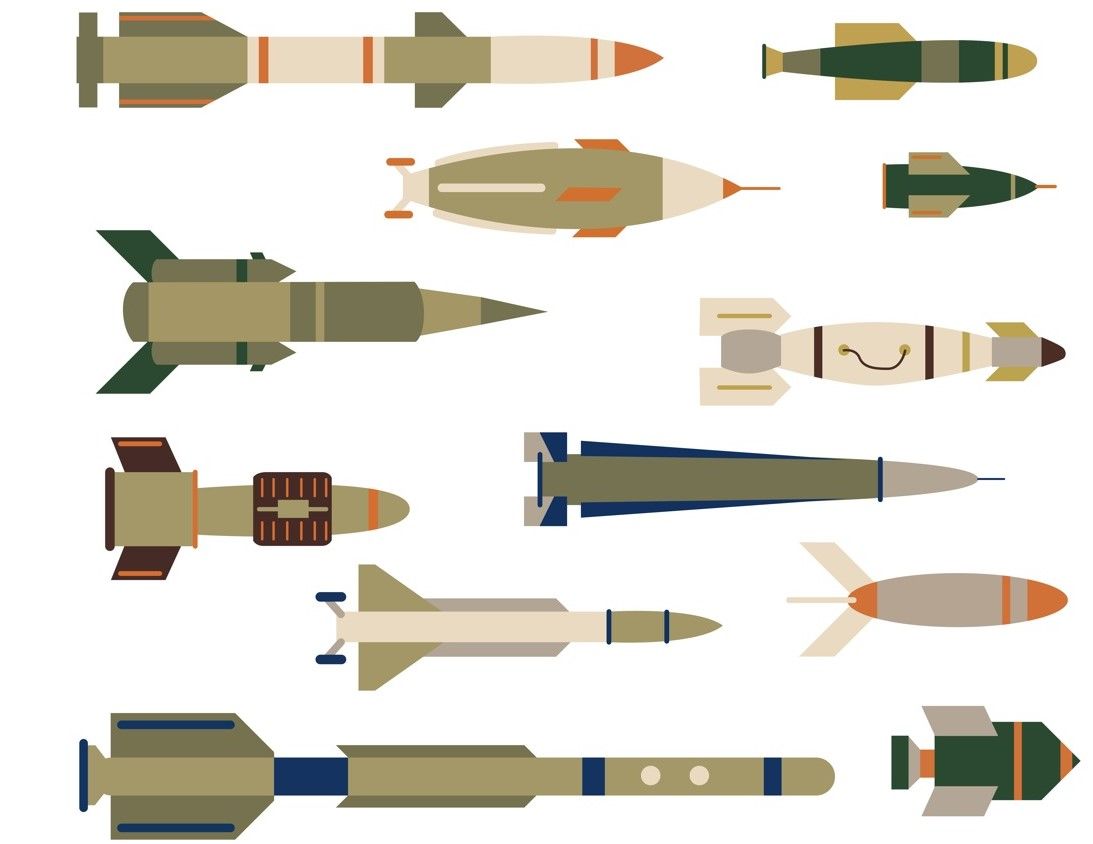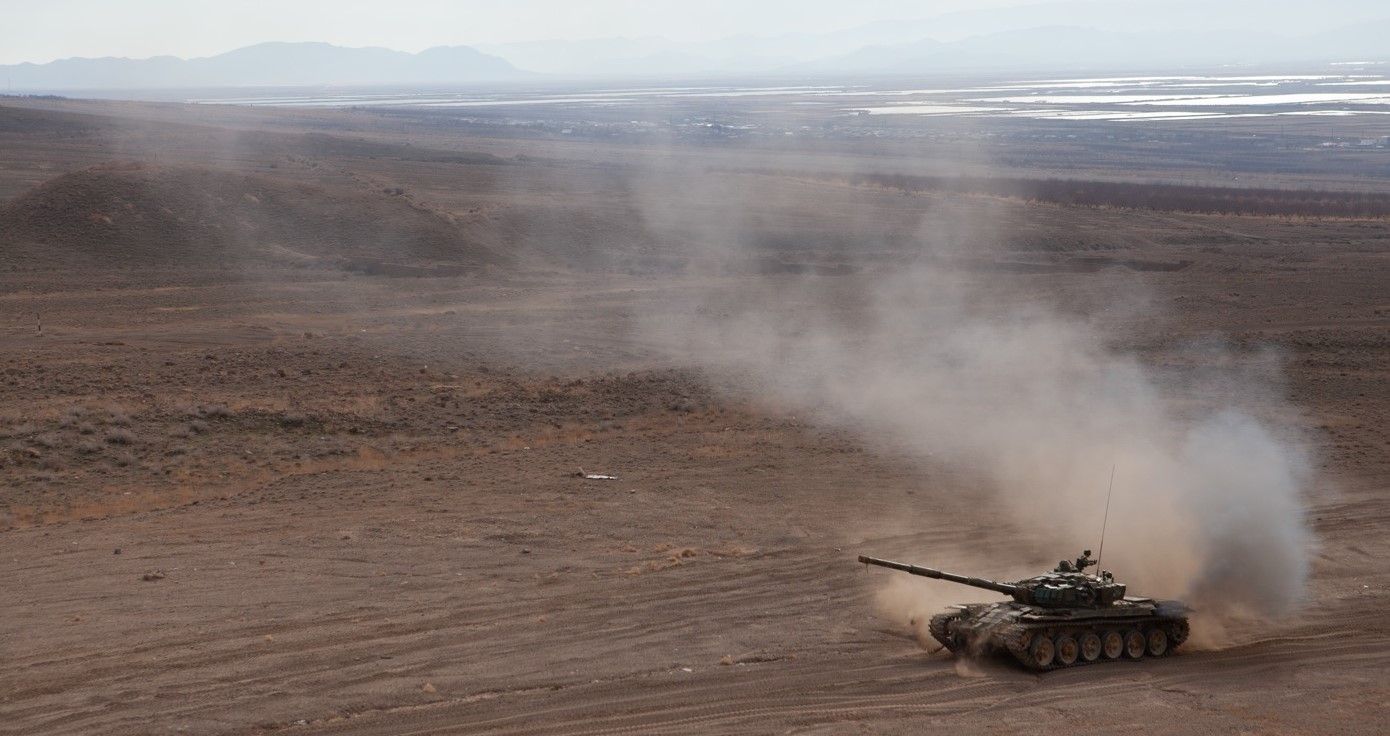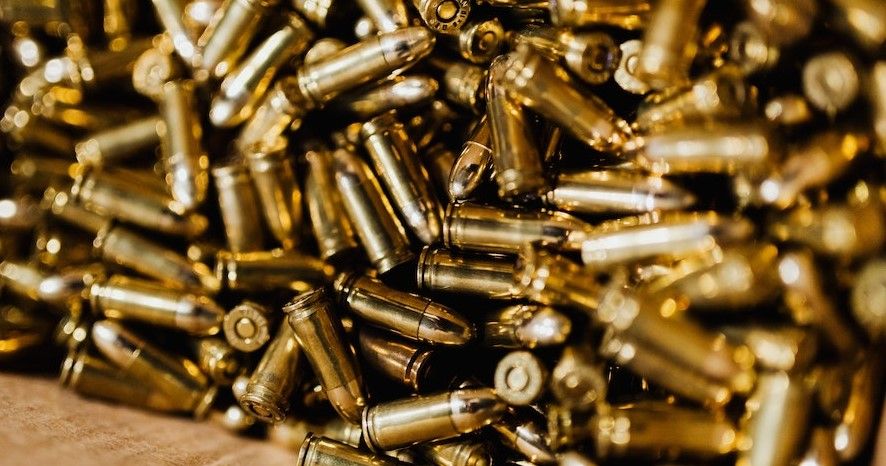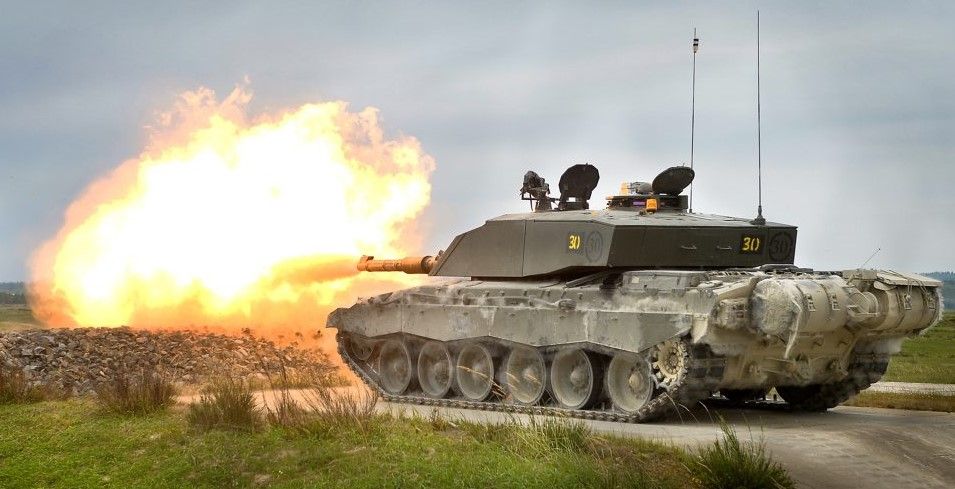European Defence Sector Boosting Ammo Research & Production
Europe is revitalising its defence sector in both supply and research.

With the war ongoing on its border, Europe is working hard to step up the production, development, and purchase of ammunition. It is a clear move in support of Ukraine but is also evidence of plans to better defend itself.
While political support for Ukraine has been seen in every photo shoot and official visit with President Zelensky, it is important to follow the money to see where true policy lies. In this way, two breaking news items show that European nations are still keen to fight Putin’s aggression, while also reserving funds for self-defence and any future war fought in Europe.

EU in Rush for Ammo to Ukraine
As the first anniversary of fighting in Ukraine passed, it became clear that the war would be long and attritional. Winning such a conflict requires ammunition - and plenty of it.
With this goal in mind, the European Defence Agency, supported by seventeen EU nations and Norway, met to organise the manufacture, purchase, and distribution of “one million rounds of 155-millimeter artillery within the next two years, and a seven-year process to procure multiple types and calibers of ammunition to replenish national stocks of member nations.”
Such a move will be expensive, but as Vivienne Machi writes for Defense News, the money is there. “Brussels is setting aside €1 billion for the short-term initiative, which asks member nations to give Ukraine whatever artillery munitions they have left in their stocks and additionally route newly ordered top-ups to Kyiv. Another €1 billion is available for the seven-year joint acquisition plan. Member states will be reimbursed for their purchases via the European Peace Facility (EPF), the EU’s off-budget, military aid mechanism.”

The European Peace Facility is actually a war chest of €8 billion aimed at reimbursing nations who have already donated weapons to Ukraine, as well as supplying Ukraine with new military supplies, and arming Russia’s neighbours.
To Manufacture Ammo or to Purchase It?
However, the EU is a state with many heads and many opinions. Which has policymakers asking, if the money should be spent on European manufacturers to support the defence sector and the European economy, or should purchases be made quickly, even if that means using overseas manufacturers, such as the US, China, or Israel?
“France believes there is no problem obtaining this amount of ammunition from European suppliers, but Poland does not agree,” observes Jean-Pierre Maulny, the deputy director at French think tank IRIS and scientific coordinator of its ARES defense research group, stating that he believes that Europe has the capacity to produce new hardware and ammo from countries such as Finland, France, Germany, and the Czech Republic.
The Peace Facility has already funded arms purchases for governments as diverse as North Macedonia, Nigeria, Jordan, Georgia, and Moldova.

However, the key sticking point for the direction the funding should take is that it is still an EU novelty. As defence industry analyst Tom Kington, explains, “One reason for the discussion is that the EU is still writing the rules as it gets used to becoming an arms buyer.”
But more than that, the European defence sector is also investing more into research.
UK and Germany Announce Plans New Armour-Piercing Tank Ammo
On April 27th, Britain and Germany signed a statement of intent to develop a new armour-piercing rounds for British Challenger 3 and German Leopard 2 tanks. This means that the focus of the research will be on a 120mm calibre enhanced kinetic energy shell.
“Under the terms of the new agreement,” reads the statement by the British Ministry of Defence, “Germany and the U.K. will also remain open for additional nations to join the cooperation or be export recipients, as well as continuing discussions on potential collaboration for other types of 120mm tank ammunition.”
The two nations are already in discussion with a potential (and as yet anonymous) additional partner, while the two countries are still keen to share the costs before the research work progresses much further. However, a proof-of-principle evaluation has already passed live-fire testing, with the qualification stage now ongoing. This, according to the statement, means, “demonstrating that the new munition passes all legal and regulatory standards.”

“Whilst the wider capability benefits of this agreement are great news for defence and the Armed Forces, the real term benefits of this collaboration will be felt in procurement,” says Chris Bushell, who is a Director General at the UK’s Defence Equipment & Support (DE&S).
“The standardized ammunition will not only benefit battlefield collaboration with many of our NATO allies, but has important export potential for U.K. and German defense industry partners,” explained British Defence Secretary Ben Wallace. This will be especially true as the Leopard 2 is used by several NATO members and others around the world.
Central to the project is the updating of the UK’s main battle tank into the Challenger 3. At present, the Challenger 2 is the only NATO tank firing rifled 120mm ammunition, however, with a desire to improve battlefield interoperability, the British government has agreed to an £800 million development program led by their commercial partners Rheinmetall-BAE Systems in a joint venture with RBSL. The funding will ensure extensive modernizing of 148 tanks to the Challenger 3 standard.

“The standout element of the upgrade is the installation of a new turret carrying Rheinmetall’s latest generation L55A1 smoothbore gun,” notes defence analyst Andrew Chuter. Adding that, “Initial operating capability of the Challenger 3 is scheduled for 2027, with full operating capability targeted for 2030. The new ammunition is scheduled to be available in time for the latter milestone.”
These are busy times for the defence industry, with everyone now more alert to the importance of proper investment in military affairs. The challenge remaining is now one of balancing funding for the ongoing war in Ukraine against funding for self-defence to deter any future aggression.
Either way, the boost to research and production of ammunition is greatly needed. Nowhere more so than in the towns and villages of the Don Basin, Ukraine.
Photo credit: Karolina Grabowska on Pexels, Wikimedia, pch.vector on Freepik, Wikimedia, wirestock, & Wikimedia, Ramon Perucho from Pixabay

